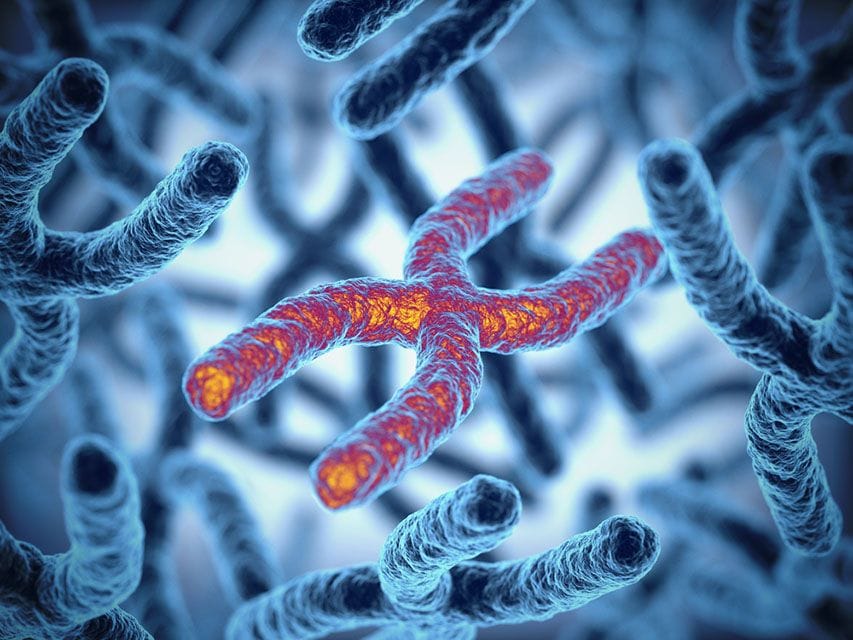Synthetic marijuana (also known as spice, K2, fake weed, synthetic cannabinoids and other street names) has become a drug of choice for people desiring a cheaper high and those hoping to trick a drug test. Don’t let the name fool you though. This designer drug is extremely dangerous.
Recent Uptick in Synthetic Marijuana Overdoses
We’ve heard about the dangers of synthetic marijuana before. The Boston Globe reported in January that New England Patriots defensive end Chandler Jones was hospitalized for a bad reaction to chemicals in the drug. Seahawks fullback Derrick Coleman admitted to smoking synthetic weed before a hit-and-run car accident in October 2015 in which he seriously injured another driver. The manmade drug was again in the headlines in May when 16 people were arrested for running a large-scale synthetic cannabinoid drug-trafficking ring. And don’t forget about the senior citizens in Pennsylvania who were charged with orchestrating the sale of hundreds of pounds of synthetic marijuana. And now, synthetic weed is back in the news on the East Coast. In August, 20 people overdosed on synthetic marijuana in and around Harrisburg, Pennsylvania, over a two-day period. All were treated in emergency rooms for adverse effects stemming from the use of “Darkness,” a type of synthetic marijuana. At least one person ended up in intensive care. Just one month earlier, 33 people overdosed on K2 in New York City’s Bedford-Stuyvesant and Bushwick neighborhoods. Onlookers and emergency personnel described the drug users as staggering, zombie-like, unsteady, slumped over and passed out. The drug is not new to New York neighborhoods. In 2015, the New York City Health Department attributed more than 6,000 emergency room visits there to synthetic cannabinoid-related incidents. New York Gov. Andrew Cuomo issued a health alert in April 2015 warning the public of the drug’s dangers. Cuomo put in place stricter regulations on the sale of synthetic marijuana in August 2015 after the city’s hospitals experienced a tenfold increase in ER visits in just three months. Still, use of the manmade compound remains a problem.
What Is Synthetic Marijuana?
Synthetic marijuana or synthetic cannabinoids are chemical compounds marketed as a type of marijuana because of the way they act on the brain. Synthetic weed attaches to the same cell receptors as delta-9-tetrahydrocannabinol (THC), the key psychoactive ingredient in marijuana, but the synthetic drug may produce more severe and unpredictable effects. The U.S. Drug Enforcement Agency (DEA) lists common street names for synthetic marijuana as bliss, black mamba, bombay blue, fake weed, genie, spice, zohai and K2. People usually take the drug by smoking it or using it to make a type of tea. The National Institute on Drug Abuse defines synthetic cannabinoids as manmade, mind-altering chemicals that are either sprayed on dried, shredded plant material so they can be smoked (herbal incense) or sold as liquids to be vaporized and inhaled in e-cigarettes and other devices (liquid incense). The organization warns street names like synthetic marijuana and fake weed may mislead users to believe the drug is relatively safe, when synthetic cannabinoids can actually have a more powerful and negative effect on the brain than true marijuana.
Dangers of Synthetic Marijuana
Synthetic weed is made from a variety of chemicals that the drug makers change up in an effort to outsmart DEA regulations on banned substances. Because synthetic weed is unregulated, buyers can never be sure about the substances they’re getting and their health risks. Synthetic marijuana can be particularly attractive to the homeless, low-income individuals, or people who get drug tested through a job or parole officer. This is because synthetic pot is cheaper to produce and sell and often goes undetected in a drug test because the tests don’t necessarily “know” what chemicals in the product to detect. Based on reports from ERs and users of the substances, the negative effects of synthetic weed are far more severe than natural marijuana. Potential outcomes include:
- Nausea and vomiting
- Erratic, violent behavior
- Rapid heartbeat
- Suicidality
- Hallucinations
- Psychosis
- Paranoia and extreme anxiety
- Panic attacks
- Kidney damage
- Seizures
- Addiction
- Death
According to the Centers for Disease Control and Prevention (CDC), U.S. deaths related to synthetic marijuana tripled from January to May 2015, with 15 reported cases during this time period. The CDC also noted that telephone calls to U.S. poison centers involving synthetic cannabinoid use rose from 349 in January 2015 to 1,501 in April 2015.
Synthetic Marijuana Addiction Treatment
Because synthetic weed is a relatively new illicit drug, no research currently exists on which treatment approaches work best for people who have become dependent on the substance. Therapies that are typically successful in the treatment of marijuana addiction include cognitive behavioral therapy, motivational enhancement therapy and contingency management. These may also prove to be successful in the treatment of synthetic weed dependency. Many addictions co-occur with or develop because of a mental health disorder such as depression, anxiety, ADHD, or other mood or personality disorders. It’s important for people with any type of substance use issue to seek care from an addiction expert or therapist so that they can address underlying issues like mental health disorders or trauma that may be fueling the use of synthetic marijuana or other drugs.


